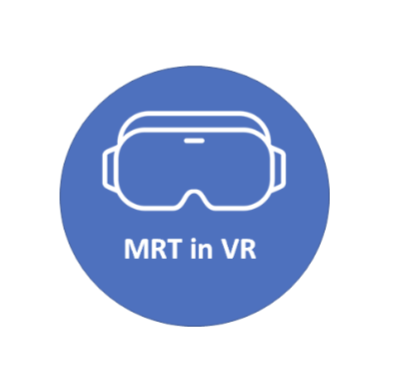Mental Rotation Skills: Boys vs. Girls. Exploring the Effect of Virtual Reality on the Mental Rotation Test Performance

Investigators @RILL: Sarah Hofer, Zoya Kozlova
Collaborators: Jochen Kuhn, Christoph Hoyer, Raphael Cera (LMU Munich)
Duration: October 2023 (start)
Main Goals: There is evidence that men outperform women in spatial ability, especially in the mental rotation test (Wang, 2020). At the same time, the reasons for this discrepancy in performance are not yet established. Some attribute it to men being able to cope more effectively with the specific characteristics of the block figures items, e.g. occlusion and mirror effect (Doyle et al., 2016). Another explanation could be that men have had more prior experience of rotating the blocks (cubes) in real life as children, which they can later transfer to solving the MRT items, which deal with the mental rotation of blocks (Rahe & Janson., 2022). Many of the explanations also relate to the different cognitive strategies (piecemeal vs. holistic) that women (piecemeal strategy) and men (holistic) tend to use to solve the test items (Heil et al., 2008). Research also suggests that even the type of physical activity one has done and the habit of seeing one's body from different rotational perspectives can also have an impact on MRT results, which also varies for men and women (Jost, 2022). Moreover, in recent years, there has been criticism of the very structure of the classic MRT, which tends to favor men over women (Bartlett & Camba, 2023).
We aim to explore the impact, the affordances offered by Virtual Reality, e.g., 3D perspective, making invisible visible etc. might have on the performance women and men exhibit in mental rotation tests (Wu et al., 2013). In addition, we aim to identify if the type of the objects used in the MRT (traditional cubic shapes vs. human bodies) can have an effect on the overall performance in the test.
Key Methods: We aim to replicate the widely used MRT test (Peters et al., 1995) in VR setting. The data will be collected from October - December 2023 at the LMU Medical Faculty, where the test takers will do the MRT test in the VR environment, using the joystick to select their answers to the test items. We will also develop a VR MRT human figure test to see if the nature of the objects to be rotated, coupled with the 3D perspective, affects male and female test performance.
Practical Relevance: VR MRT due to its affordances, e.g. 3D perspective can mitigate the 'male-biased' test characteristics, e.g. occlusion, and the male advantage of rotation strategy used, thus minimizing this initial fundamental gap between male and female test participants, adding new insights to the spatial ability research agenda.

